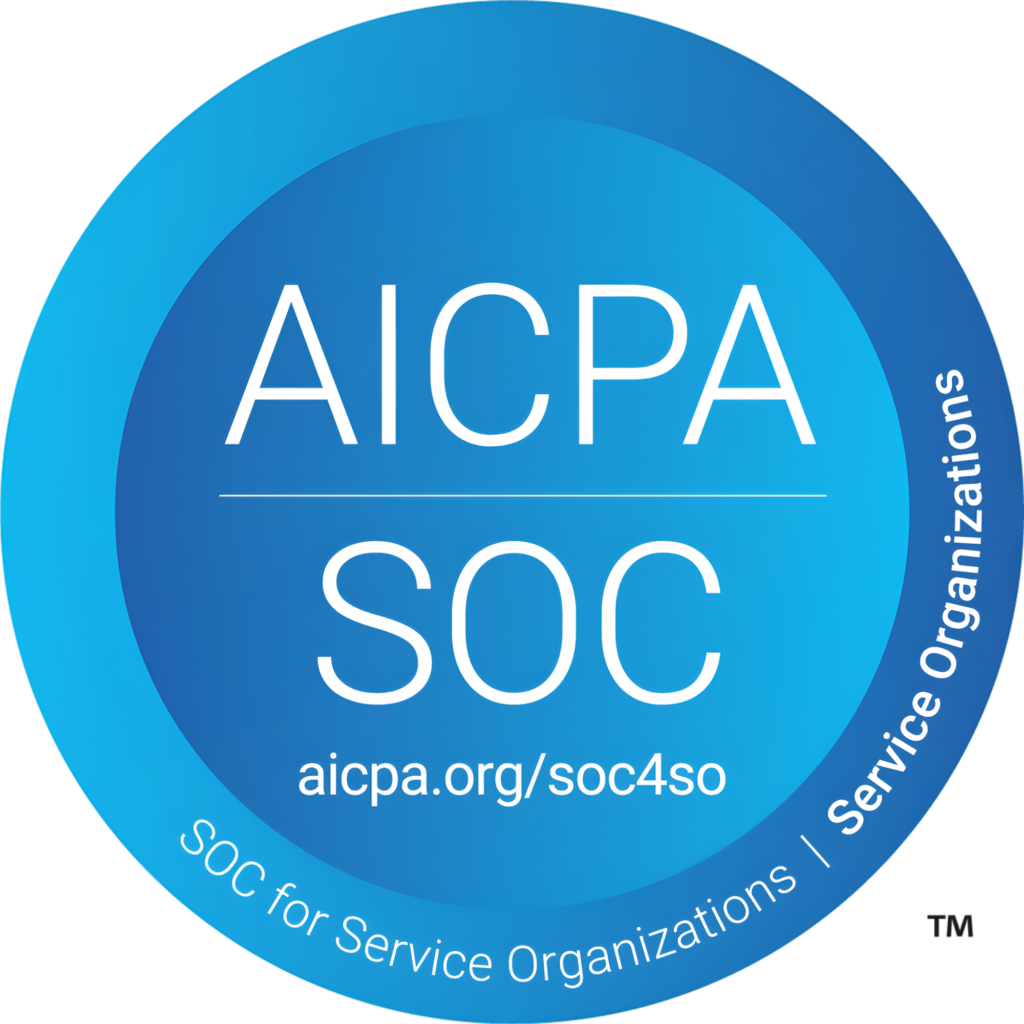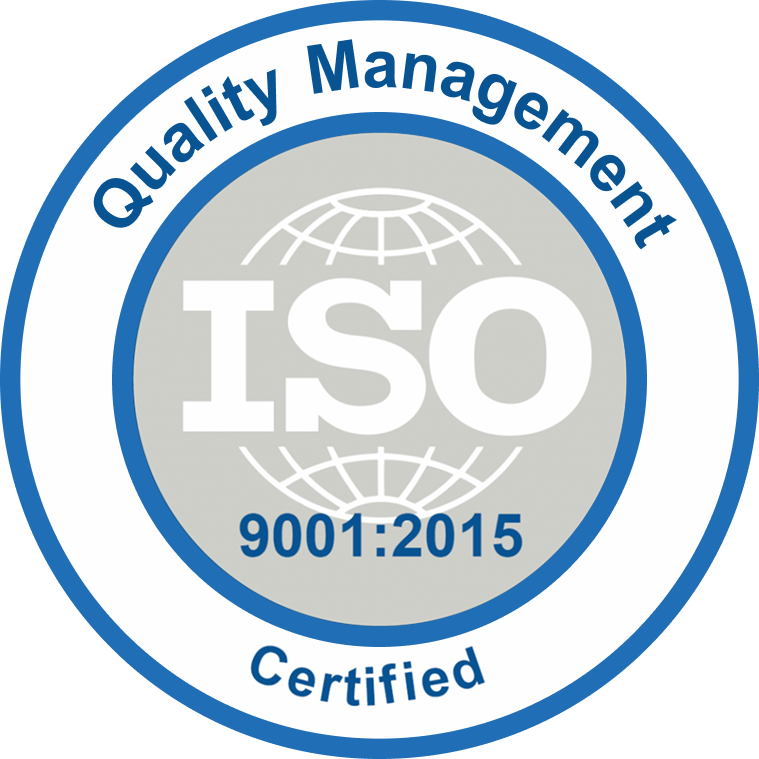In 2020, more than 50% of the enterprises have moved their workloads to cloud! The outbreak of the Covid-19 and the immediate shift to the remote working model have drastically increased the adoption of cloud and SaaS platforms like Microsoft 365.
Adopting to cloud can yield a lot of benefits for your enterprise! Some of the major benefits of moving to the cloud are faster deployments, better performance, enhanced scalability, reduced operational expenditures, and much more!
Continue Reading
Now you may be wondering, “When cloud has a myriad of benefits, why did it take this long for enterprises to embrace the power of cloud?” One of the reasons why enterprises were reluctant to make the move to cloud was their concerns about the security of data in the cloud. But no sooner have they realized that cloud has equally secure features and offers more flexibility in terms of offering shared and virtualized infrastructure that is easily scalable.
In search of moving the data to a reputable cloud service, enterprises today prefer Microsoft 365 for its range of robust security capabilities. M365 data centers are protected by state-of-the-art security infrastructure and processes which make them virtually impossible to breach directly.
If you have already adopted Microsoft 365, you may still not be aware of its built-in security features. In this blog, we have suggested the top five best practices to make your Microsoft 365 more secure.
Multifactor Authentication (MFA) – One of the easy and effective ways to ramp up the security of your organization is by setting up Multifactor Authentication. A Multifactor Authentication will add an additional layer of security to your accounts, apart from the passwords. By setting up multifactor authentication, you can prevent threat actors from gaining unauthorized access to your apps and data. There are various ways through which you can enable your users to perform multiple authentications. The most common ways are through mobile applications, text messages, calls, and fingerprints.
Dedicated Admin Accounts – Since your admin accounts have elevated privileges, they can become a goldmine for hackers and so you should ensure that your admin accounts are well-protected. When your users perform non-administrative tasks from their privileged accounts, their accounts become highly viable to data breach! To avoid these discrepancies, you can provide your admins with a separate user account for less important and non-administrative tasks.
Office Message Encryption – The email messages that you share within and outside your organization must be end-to-end encrypted! Microsoft 365 offers various encryption capabilities like Office Message Encryption to ensure that your organization’s messages and communications are well protected. Apart from that, to shield your windows machines, OneDrive, and SharePoint, you can leverage encryption capabilities like Bitlocker and TLS connections.
Data Loss Prevention (DLP) – If you know how to stay compliant with industry regulations it is nearly impossible for your enterprise to experience data loss! By creating and managing Data Loss Prevention policies in the Microsoft 365 compliance center you can stay compliant with all the industry regulations and ensure your organization’s sensitive information is not mishandled, lost, and accessed by unauthorized and malicious users.
By setting up data loss prevention policies you can…
- Warn users by displaying a pop-up policy tip when they try to share any sensitive/confidential information.
- Block users from sharing sensitive information, either through customizations or by overriding permissions.
- Lock and move sensitive items to a secure location.
Anti-Phishing Protection – Phishing emails are the common ways through which intruders try to penetrate your M365 tenants. These emails often contain malicious links and attachments that can harm your enterprise security. To protect the organization against unknown malware, Microsoft provides a cloud-based email filtering service – Microsoft Defender for Office 365. By leveraging the Anti-Phishing and Safe Attachment protection features in Microsoft Defender you can protect your organization from phishing attacks and files and attachments that contain malware and viruses.
Next-Gen M365 Security Solutions
Microsoft comes with a range of robust security features like Identity Access Management, Threat Protection, Information Protection, and Security and Risk Management. These features will protect your enterprise security at multiple levels, but still, the architectural and functional aspects of M365 can make your tenant vulnerable to programmatic errors and data loss due to human mistakes. And so, it’s crucial for your enterprise to add an additional layer of security by joining hands with trusted Microsoft 365 security experts.
AVASOFT Cyber Security experts can thoroughly analyze your security needs, find out the risks posed to your organization, and offer state-of-art M365 security solutions that match your M365 security needs and fits your budget.
Talk to us today to know how we can strengthen your Microsoft 365 security!

